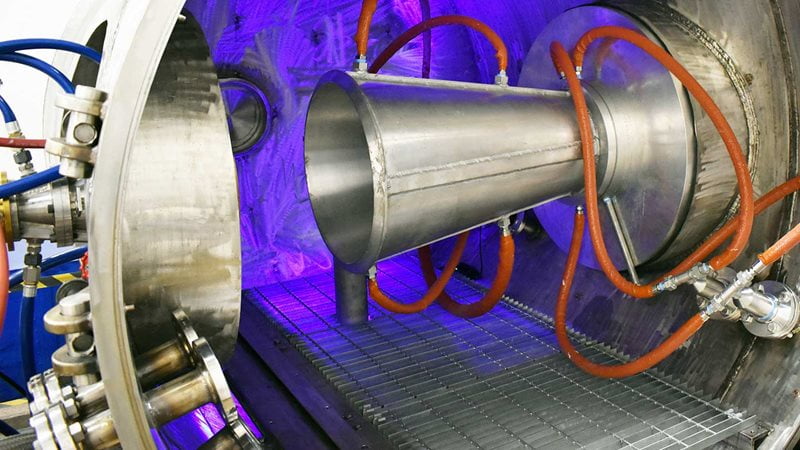634 Nedderman Hall
Box 19019
416 Yates Street
Arlington, TX 76019-0019
Aerodynamics and Aeropropulsion
Aerodynamics Aeropropulsion Research in the College of Engineering

Aerodynamics Research Center
Current research has focused on experimental high-speed and high-temperature aerodynamics, shock/boundary layer interaction, and detonation. In addition to the experimental facilities, we have extensive capabilities to study and test aerodynamic models using computational fluid dynamics. The experimental test results can be used to validate the CFD models, and vice-versa.
Resources
Aerodynamics Research Center
The Aerodynamics Research Center is home to the nation’s only university-based arc-heated, hypersonic wind tunnel, which features a femtosecond laser system. The center also boasts low-speed, transonic and supersonic wind tunnels, a hypersonic shock tunnel and detonation rigs. Advanced laser-based diagnostics includes stereoscopic particle image velocimetry, femto-second laser electronic excitation tagging, femto-second two-photon absorption laser induced fluorescence, and filtered Rayleigh scattering.
Aerospace Systems Laboratory
The Aerospace Systems Laboratory conducts research in modeling, simulation, control and estimation of mechanical and aerospace systems from a systems perspective. The lab hosts several unmanned ground vehicles, and quadcopters, PX4 autopilots and sensor systems such as lidar, sonar, stereo cameras, and processing hardware such as the NVIDIA jetsons.
Guidance and Control for Autonomous Systems Lab
The Guidance and Control for Autonomous Systems Lab performs research on developing motion-planning strategies for aerial and underwater robotic vehicles, active wing shaping control laws for morphing aircraft (both passenger-sized and small-scale aircraft), prediction of aircraft loss of control, and cybersecurity for multi-agent systems. The lab hosts multiple Vicon motion capture cameras and quadcopters equipped with lidar sensors.
Aerospace Vehicle Design Laboratory
The AVD Laboratory is developing the nation’s only NASA- and USAF-endorsed university-based multi-fidelity aerospace vehicle design synthesis methodology and software AVDS. The lab’s research addresses the broad range of manned and unmanned subsonic to hypersonic aircraft, reusable and expendable space launch vehicles, space tourist vehicles, in-space elements and space architecture planning at the strategic conceptual design level, followed by the preliminary and detail design phases.
Computational Aerothermodynamics Lab (CAL)
CAL performs numerical studies on the equilibrium and nonequilibrium gas dynamics, mixing and chemical reactions in ground based and aerospace propulsion systems. CAL has open-source and in-house software to treat the flows at high temperatures and/or pressures.









